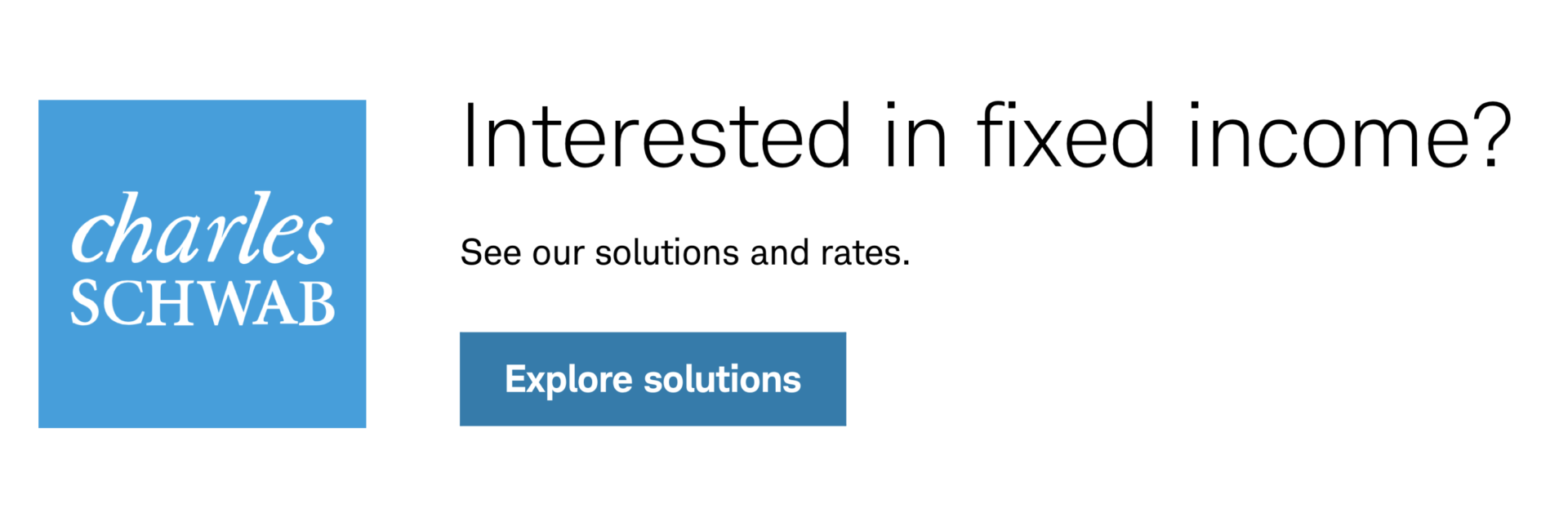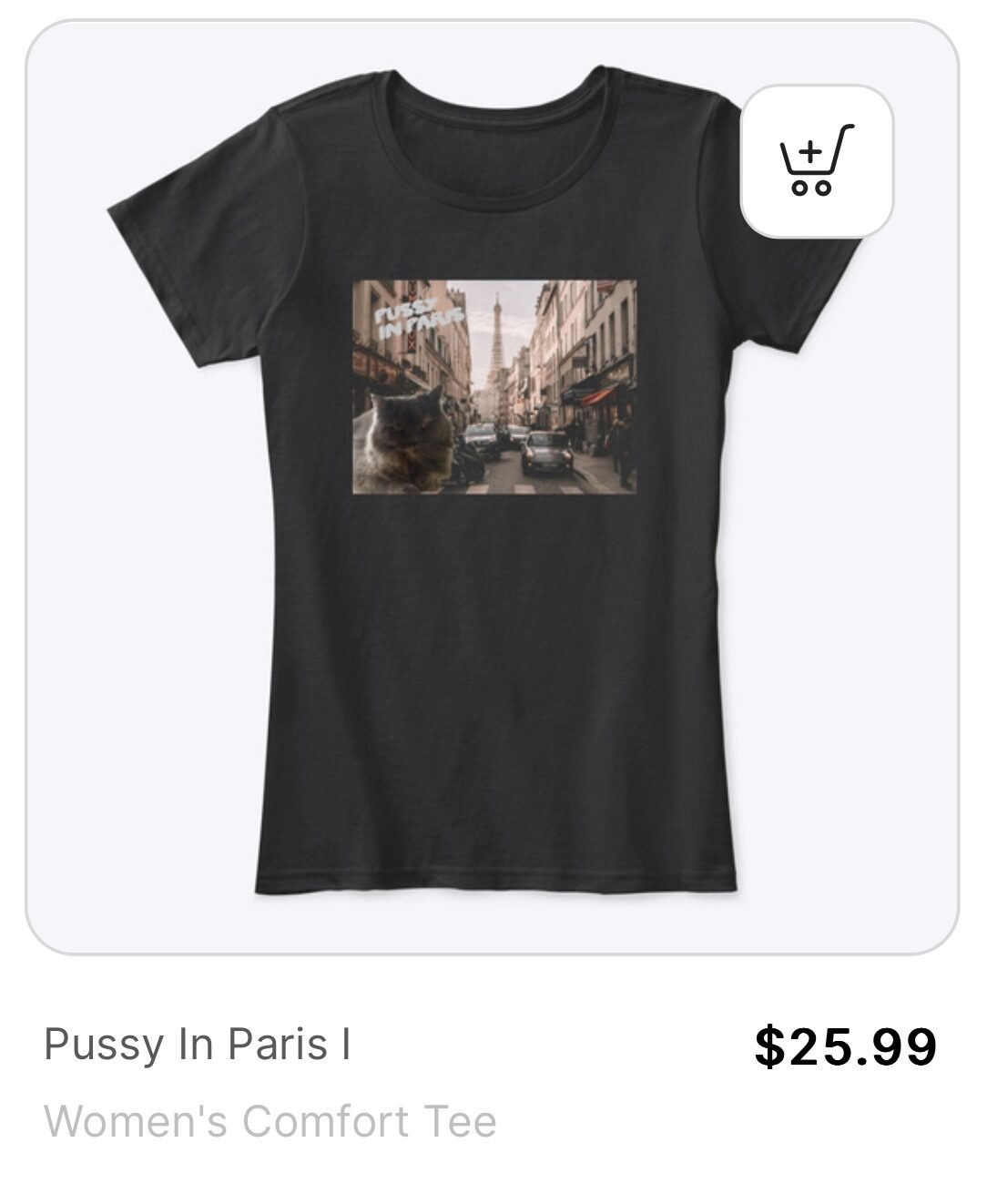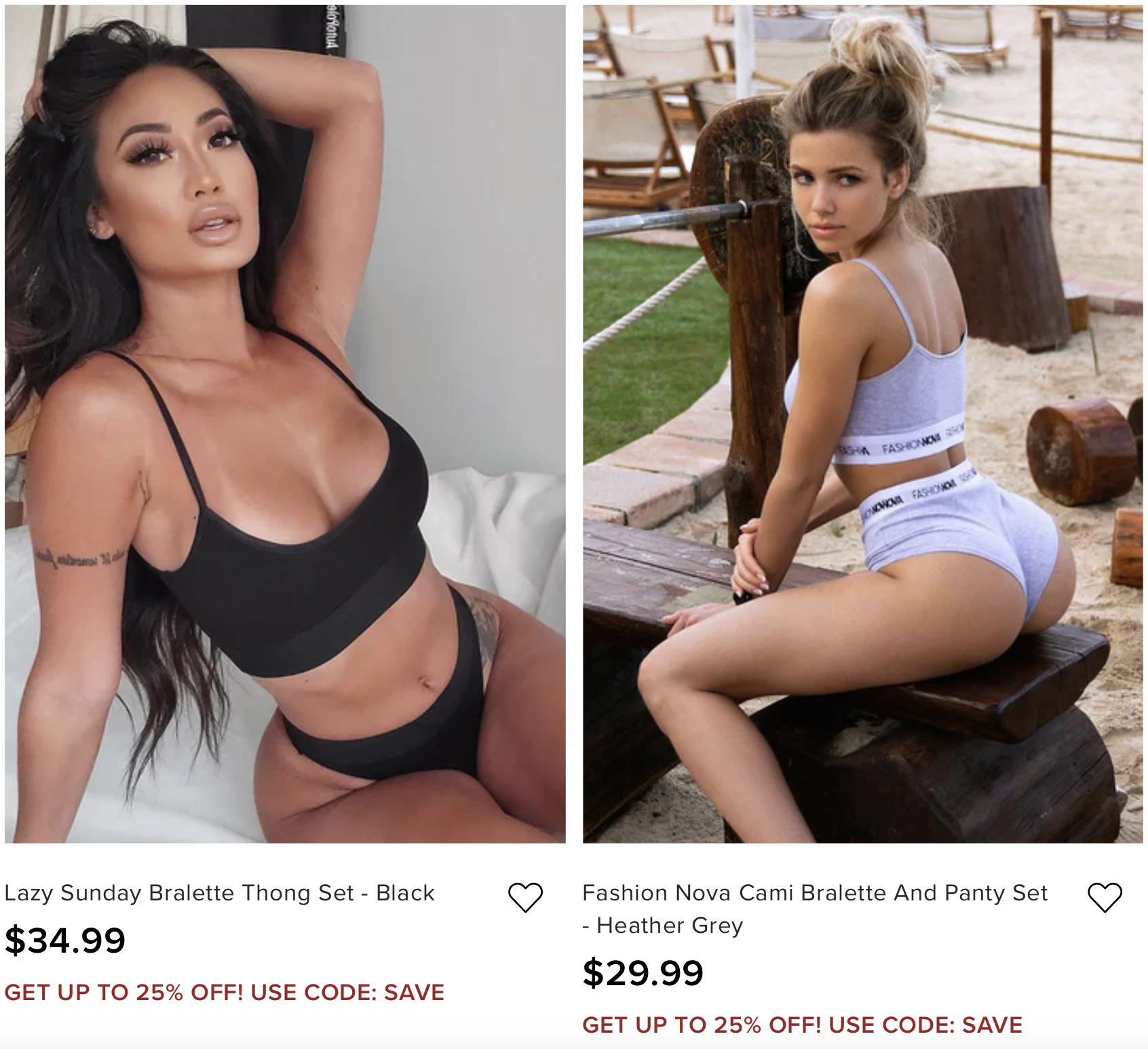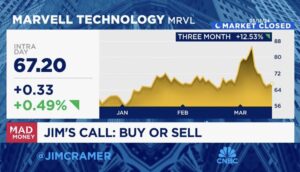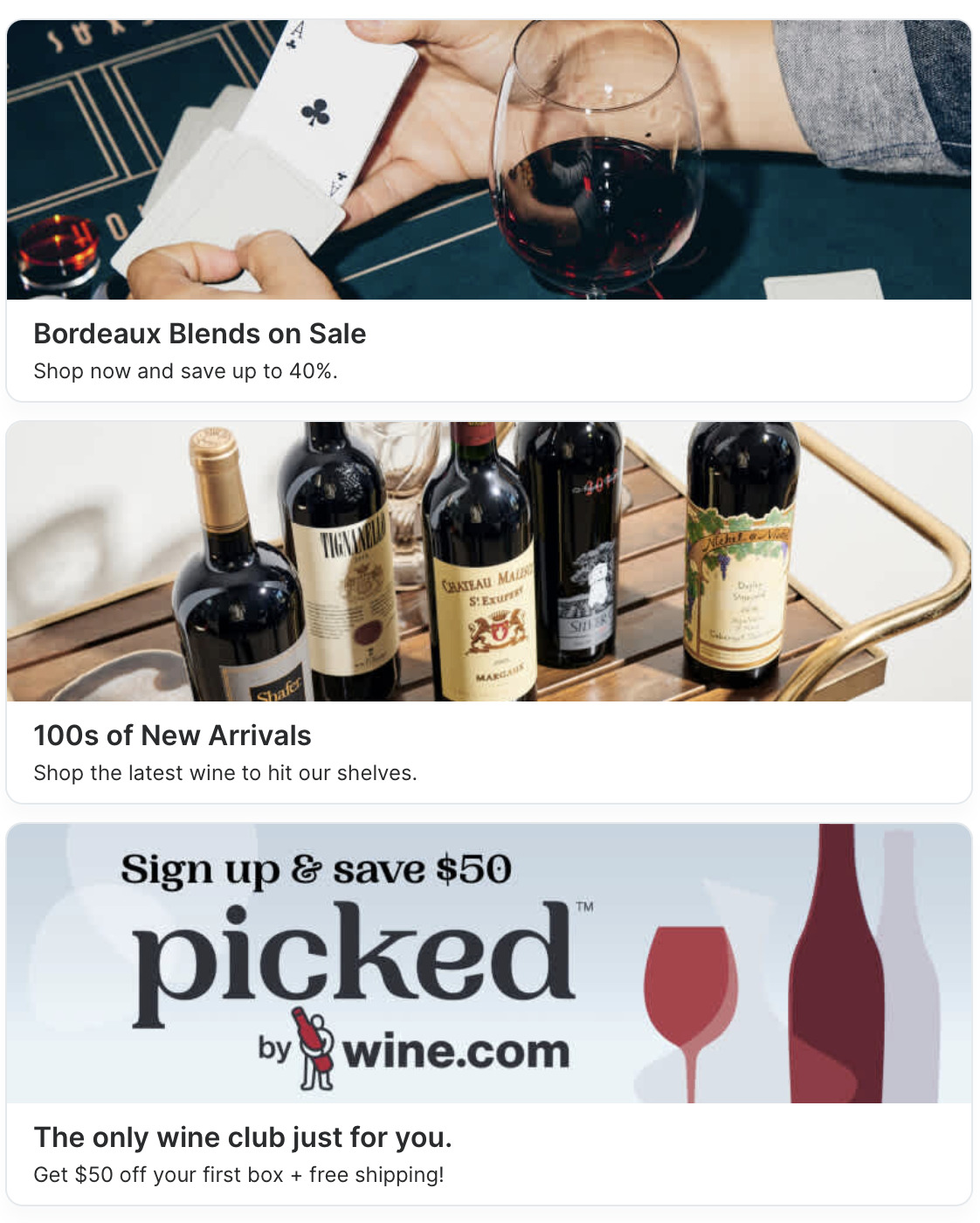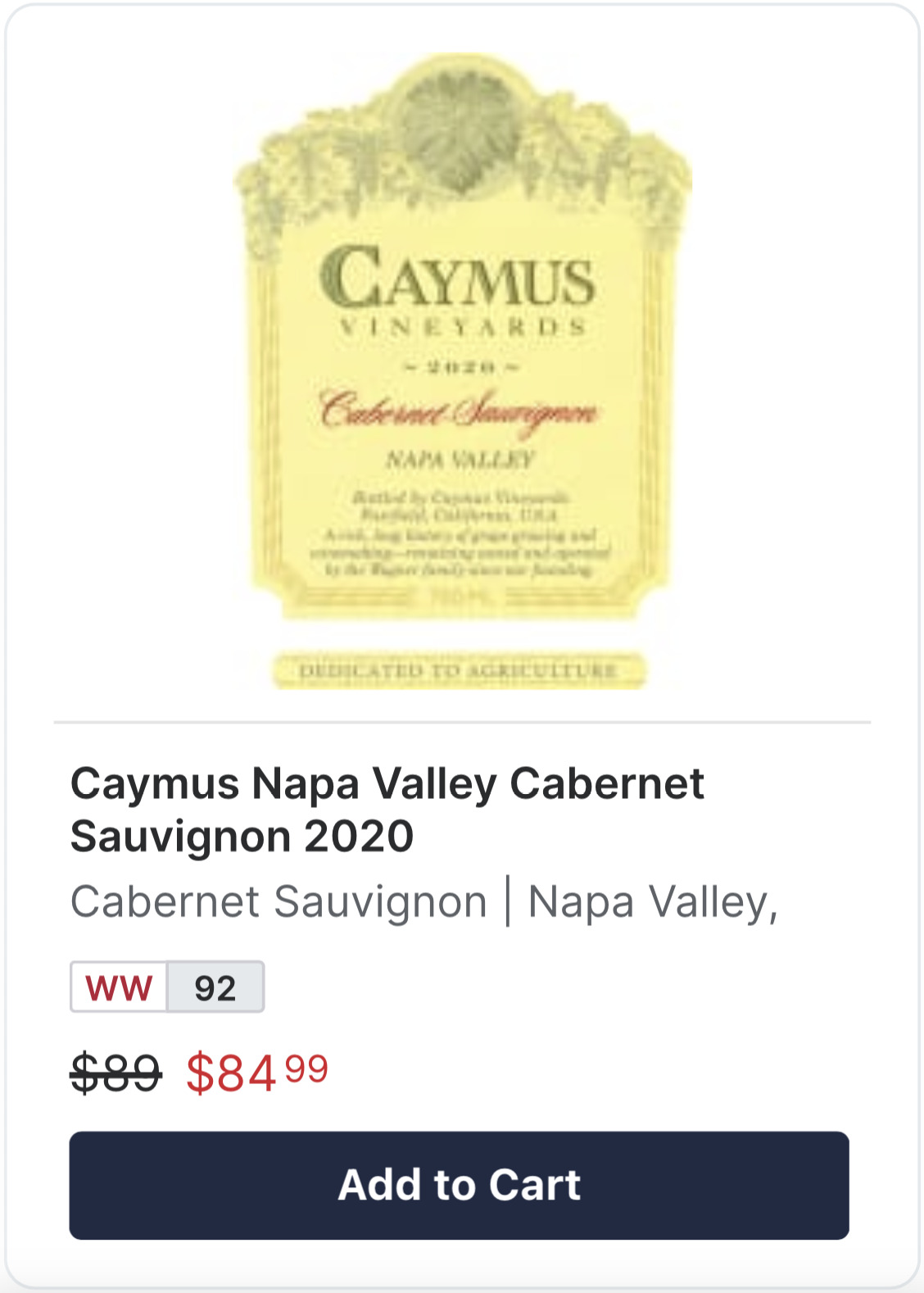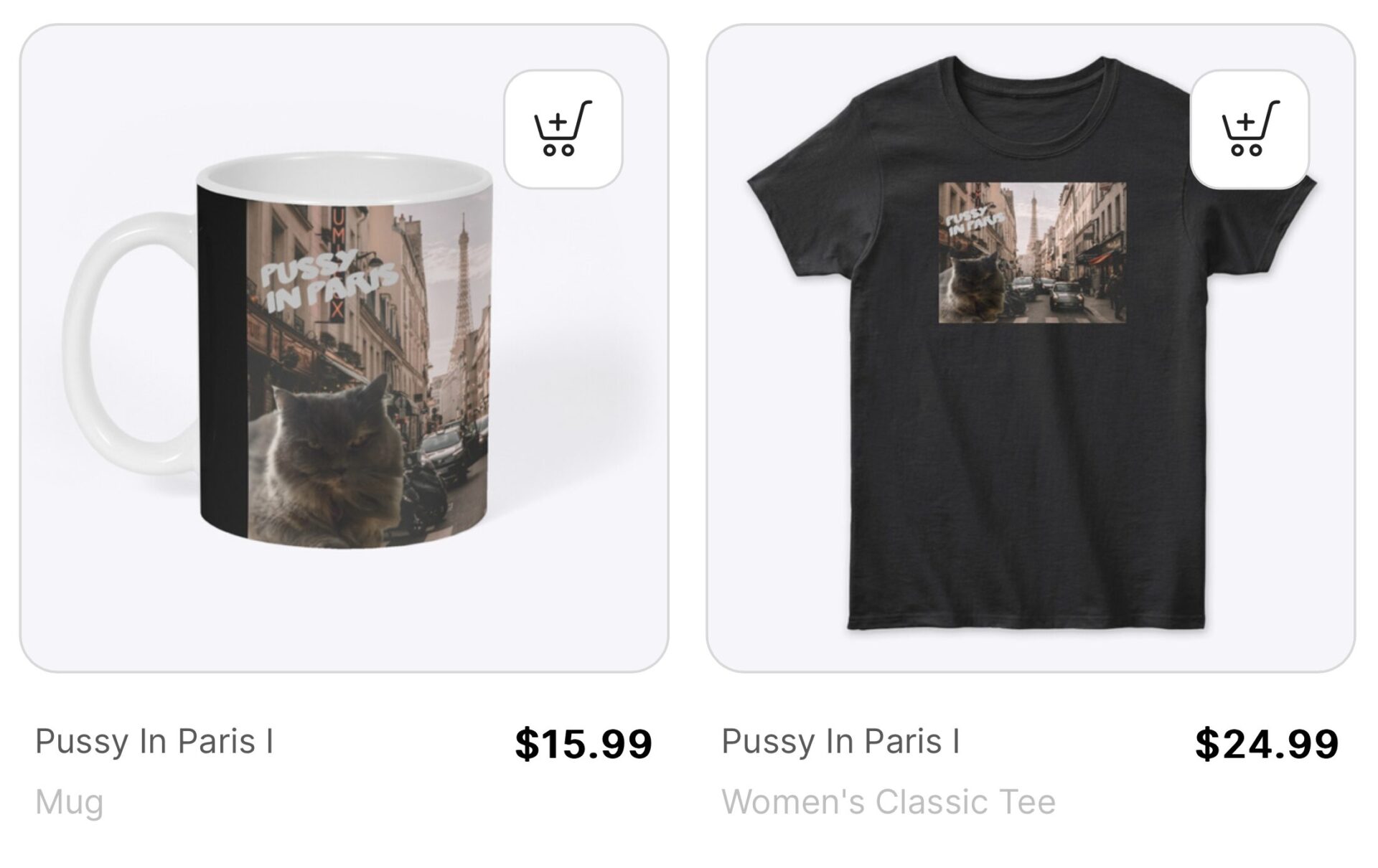
When you purchase products or services through our links we and our partners earn a small commission. Thank you.
Support thesmokingchair.com through Patreon.
Tipping is experiencing a surge in the United States, a phenomenon now dubbed “tipflation.” The expectation to tip generously, whether in the presence of the service provider, prior to the completion of a service, or in front of fellow customers, carries significant weight. Post-credit card transactions, individuals are commonly presented with three prominent tipping choices on a digital screen. As Americans face mounting pressure to tip higher percentages for an expanding array of services, the question arises: where does the tipping equilibrium lie?
According to the White House, Americans are collectively shelling out nearly $65 billion in concealed fees. Lina Khan, Chair of the Federal Trade Commission, voiced concern about the proliferation of “junk fees,” which have proven to be a lucrative source of income for companies. She remarked, “It really seems like companies have become addicted to junk fees.” Rohit Chopra, Director of the Consumer Financial Protection Bureau, pointed out that companies are drawn to these fees as a means of boosting revenue without engaging in direct competition, satisfying the preferences of investors and shareholders.
Major players like FedEx, UPS, and Amazon execute deliveries on behalf of retailers advertising “free” shipping, though the reality is that none of these shipments come without a cost. The expenses associated with shipping are steadily rising, and companies such as Amazon, Walmart, Target, and even Etsy benefit from economies of scale due to their substantial online sales volume. This advantage enables them to negotiate bulk discount rates with carriers. The myth of “free shipping” is explored in the accompanying video, shedding light on the actual costs incurred by companies in sending parcels nationwide and the resultant impact on consumer perceptions.
“Everyone you meet is fighting a battle you know nothing about. Be kind. Always.”
Robin Williams Tweet
You’ll get more articles like this – and our favorite promotional offers delivered straight to your inbox.
By submitting this form you agree to our terms and conditions. You can unsubscribe at any time.
Special Offers From Our Affiliates


